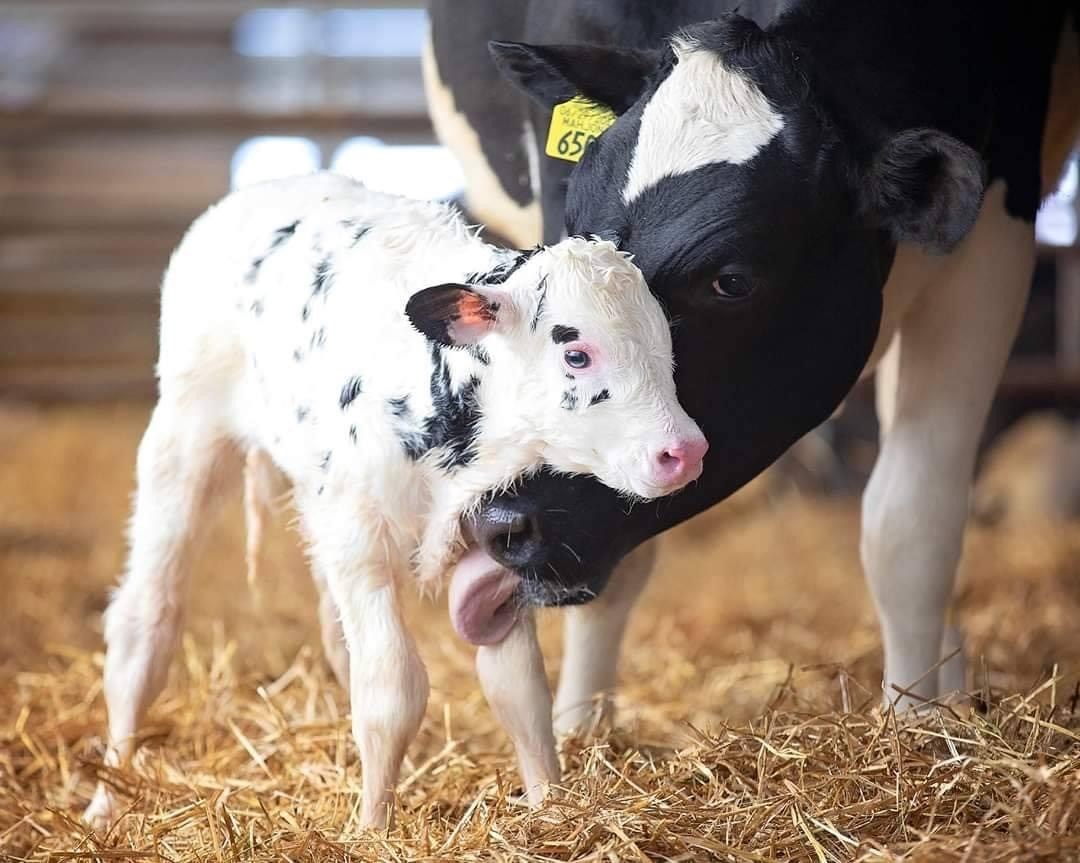NMR have recently developed their herd management software, enabling us to review all our herds on a list of key performance indicators, an essential one being the level of Johne’s within the herd.
What is Johne’s disease?
Johne’s disease is a chronic disease which affects all ruminants by reducing the lining of the intestines’ ability to absorb fluid and nutrients. A smaller proportion of cattle will show clinical signs of scours, it is likely that a proportion of the herd is infected and showing mild signs such as, higher cell counts, reduced milk yield and increased susceptibility to other diseases.
Johne’s is caused by MAP (Mycobacterium Avium subspecies Paratuberculosis), which can be shed in the faeces, colostrum, or milk of infected animals. Around 80% of infections occur in the first month of life, with the biggest risk period thought to be the first few days after calving. Resistance to new infection increases as the animal gets older, and new infections in adult animals are relatively rare. The main route of infection for calves is the ingestion of faeces contaminated with MAP. Although direct ingestion of faeces does occur, calves are more commonly infected through ingestion of muck contaminated bedding, udders, teats or buckets.
We have had a discussion with our top performing herd regarding their Johnes policy and management protocols. Ben and Tash Yendell from Wood Barton Farm, Crediton milk 160 pedigree Holstein cows three times a day which arehoused and calve all year round. They have Johne’s levels of 0.4% of the herd testing positive as a J5 and 0.4% of the herd testing positive as a J4, which is in the top 25% of NMRs analysis of 500 herds.
The farm has always been very proactive with regards to Johne’s testing and animal health. They were encouraged by the vet to start testing for Johne’s as soon as possible. They started by testing 30 cows every three months and now test the entire herd every three months, ensuring that they are at least 60 days post TB testing. Cows are then assigned to an infection group on a scale from 0-5 with 0 being the least risk and 5 being the highest risk. On this farm, the cow is treated as Johne’s positive after one high result.
Any J5 cows (Red), identified are culled as soon as possible depending on stage of lactation. If they are close to calving (within 60days) then they are calved separately, the calf is snatched, and the colostrum doesn’t get pooled or fed to any calves. The cow is then culled as soon as possible.
Similarly, with J3-4 (Amber) cows, their colostrum is not pooled or used for any calves. These cows still calve separately but they enter the barren list and are culled accordingly.
To reduce the whole farm Johne’s levels, no whole milk is fed to calves, only milk powder as this has been through pasteurization and should be free of the MAP bacteria. All calves are snatched at birth and removed from the calving pens as soon as possible. The calves are housed away from older animals to reduce the risk of infection. All colostrum fed is screened for the cows Johne’s history. The calving pens are cleaned and disinfected on a routine basis (every two weeks); this reduces the bacteria build up in these pens reducing the risk of the calves being exposed to the MAP bacteria at birth when they are at the highest risk of infection.
Any animals that are bought in are investigated into their Johne’s history and what management policies are in place at the original farm, these are then treated as high-risk animals until they have been tested, then sorted into the risk categories.
We can team up with your vets to improve your Johne’s management and discuss practical options to reduce the level of Johne’s within your herd.




